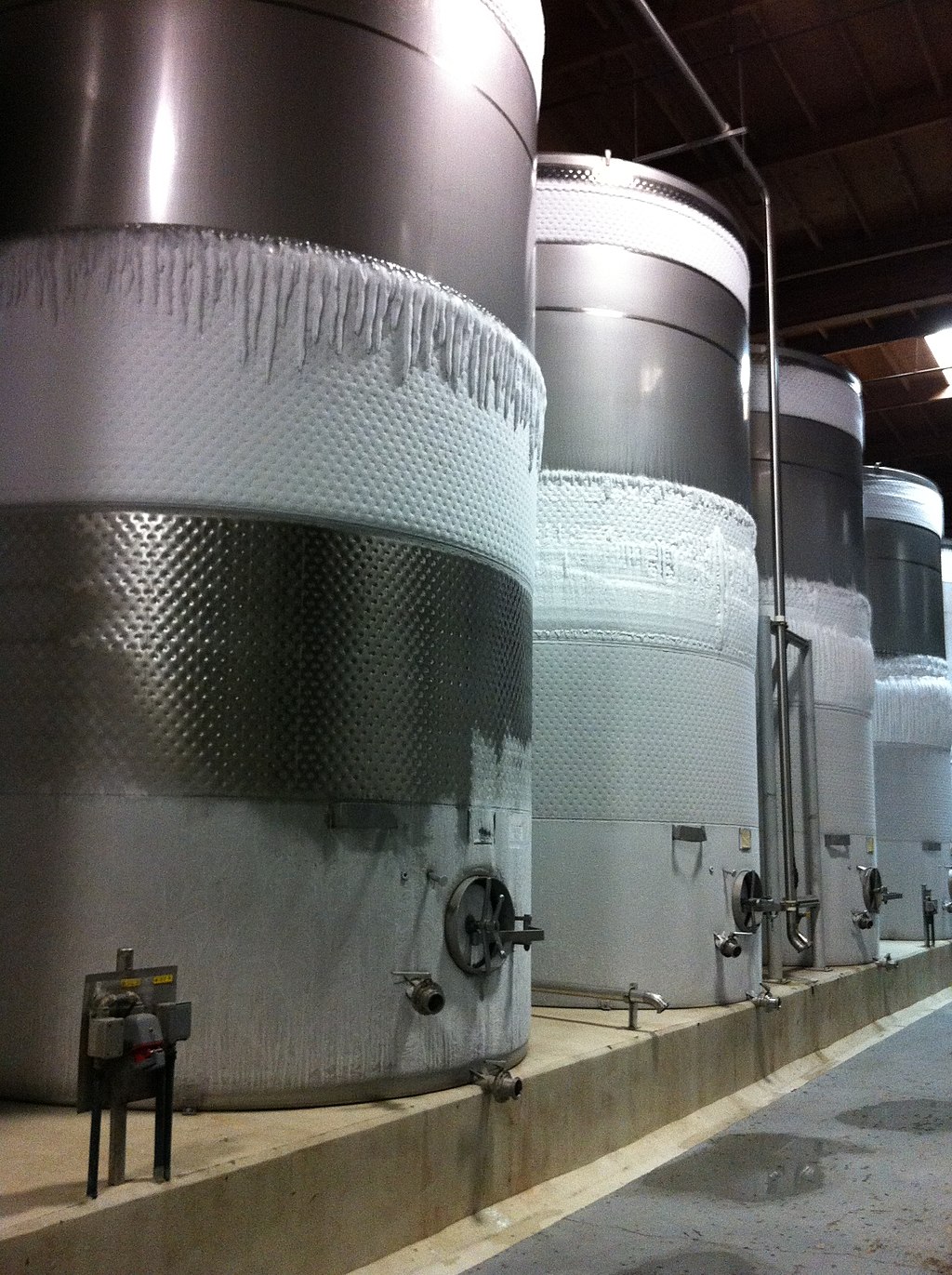In the coming months, Japan will see the start of two ammonia-and-coal co-firing pilot projects. The two fuels will be burned side by side at gigawatt-scale power generation facilities. If all goes well, the utilities envision commercial operations beginning in 2027-2028.
The premise is massive. Japan is betting that gradually replacing coal with ammonia as the fuel of thermal power plants will lead to reduced emissions. Once coal is phased out entirely, and ammonia becomes the only fuel, the generation of electricity should be free of any CO2 footprint.
What’s more, switching existing coal-fired power plants to burning ammonia would allow utilities to retain legacy power stations and transmission lines operational, thereby saving costs, avoiding job losses and painful accounting write downs of major assets. And, unlike hydrogen, ammonia can be fed directly into boilers without conversion.
This neat vision for a CO2-free alternative to renewables energy does, however, carry several challenges. The ones often discussed by environmental groups are concerns over the cost of ammonia-fired generation and thus its ability to compete with renewables. Procuring clean ammonia in sufficient quantities, without impeding on existing demand for ammonia in farming, is another point of debate.
But there is another area that will need quick resolutions if Japan’s ammonia plans are to succeed. Today’s regulations are made for ammonia’s current use in agriculture and industry. The safety standards will need to evolve to encompass the new demand center in power generation. Co-firing is entering the phase of early adaptation, but there are more stairs to climb before large-scale commercial use can become a reality.

